Playing with AI Art Generators
Artificial Intelligence is escaping the bounds of purely technical implementations such as code completion algorithms or more ambitious goals like self-driving cars. The floodgates have opened on new creative-minded AI Art Generators that create art from something as simple as a short phrase. While there is some controversy over the technology — borrowing? Stealing? — being trained on real-life human artists and all the existential and legal debates that it brings, the results are intriguing.
Regardless of where the chips falls on the “is this moral” and “is this legal” debate, it is clear the technology is fully out in the wild. In my opinion it is going to have a big impact in the creative community, hitting hardest on new artists that are trying to earn some extra cash on sites live Fivver.
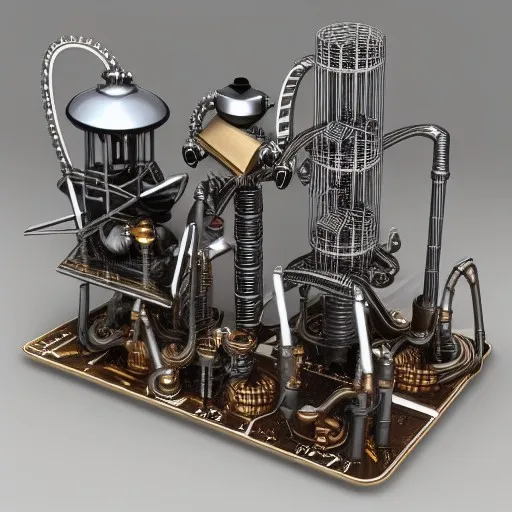
Different AI art generator approaches lead to different results
With the technology still in it’s infancy, there are a number of different approaches being taken. This yields very different results depending on which engine you use. In the first attempts at using the new technology to generate new art as a header for news articles, the results have been wildly varied. Some turned out great, such as the art generated by NightCafe.studio above, others not so much.
It is obvious from the initial attempts at generating art from a computer algorithm that several elements play a key role. The first is the training data, typically a set of images paired with text keywords that the AI “learns” from. It seems the more varied the data the more varied the results.
However a second key element appears to have a heavy hand in the finished product — artist style keywords. This is one of the most controversial topics being brought up on the AI Generated Art discussion. It is easy to see why. The art that uses these “mimic this artist” metadata tend to yield much better results; something closer to what a human might create because it is heavily trained on a real-world artist’s prior work.
Diffusion Bee comparison
To show how wildly different the results can be. Diffusion Bee is an open source projected hosted on GitHub that allows anyone with an Apple Silicon Mac can run a desktop AI Art Generator. It is less sophisticated at this stage and does not benefit from the additional input prompts that NightCafe Studio allows for. That has a fairly notable impact on the quality of results.
Here are the first few attempts after “turning some dials” with the seed phrase “Deep computer memory wiring tower view 3d” used for the NightCafe Studio image posted above.
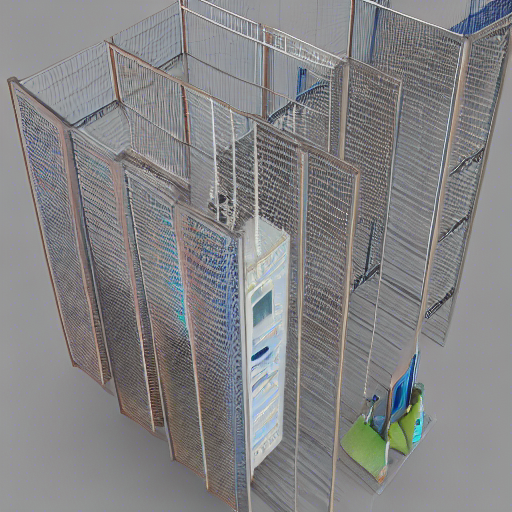
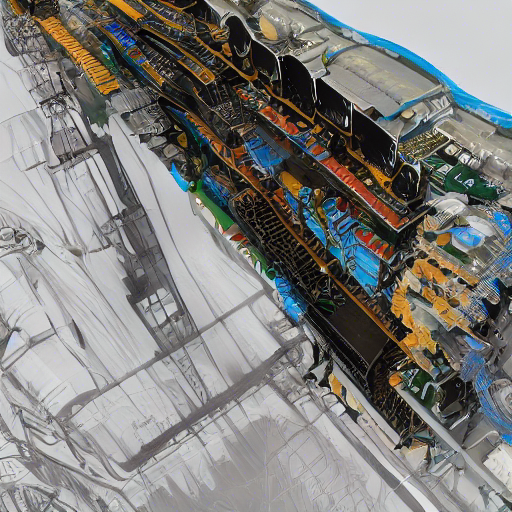

Copying the artists
If you play with tools like NightCafe.studio long enough you’ll find that their user interface is doing a bit more than just asking you for a phrase. Along with having you select a “Creation Method”, which appears to select which AI engine to use — I can only guess this may be selecting the baseline algorithm employed it has you select a general style from an array of 16. When you make these selections there appears to be hidden metadata that is essentially picking from an “original artists” list.
However, it does not take long to find many of the AI Art Generators and associated styles pull in artist specific data.
“The Kissing Bench Wedding Proposal” in the style of James Gurney
Take this example “The Kissing Bench Wedding Proposal” rendering below and view the creation details. NightCafe.studio pulled in this phrase as well, without my prompting “oil painting by James Gurney” — whoever James Gurney is (no disrespect to James, I’m not well versed in fine art and don’t know many names in that community).
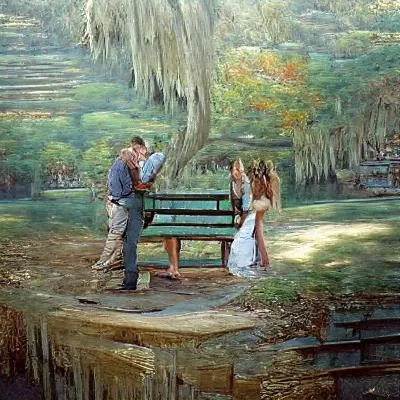
“Binary data flow lightning with a matrix style background” in the style of Salvador Dali
Or this version of “Binary data flow lightning with a matrix style background” with the NightCafe.Studio added tag of “Salvador Dali”.
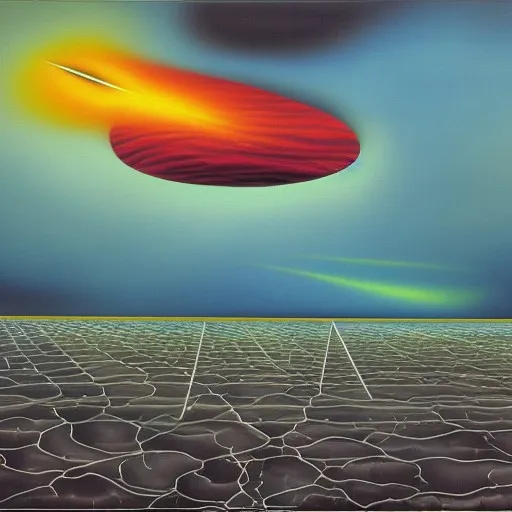
AI Art Generators are coming
Regardless of how things play out over the next few years, it is clear that artificial intelligence has fully infiltrated the art world. While the artists on which some of these works are based will likely win legal battles on various fronts, the technology is evolving to quickly to be contained. The most probable outcome is that some artists will end up with a small royalty income stream; Something akin to the paltry sum that musicians receive from the tech behemoths that stream their creations for fractions of a penny.
Eventually the Artificial Intelligence “artists” will start feeding off each other and the “new digital artists” that do nothing more than enter phrases and turn dials to “create art”. The original artist attribution will fade into the background as we start to see less original content and more algorithm based art infiltrate online media.
The shift has already begun.
